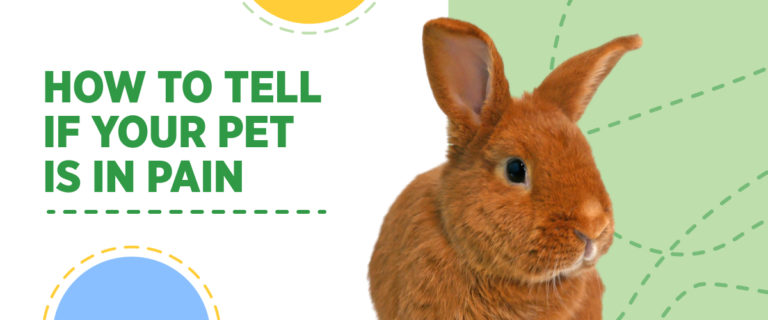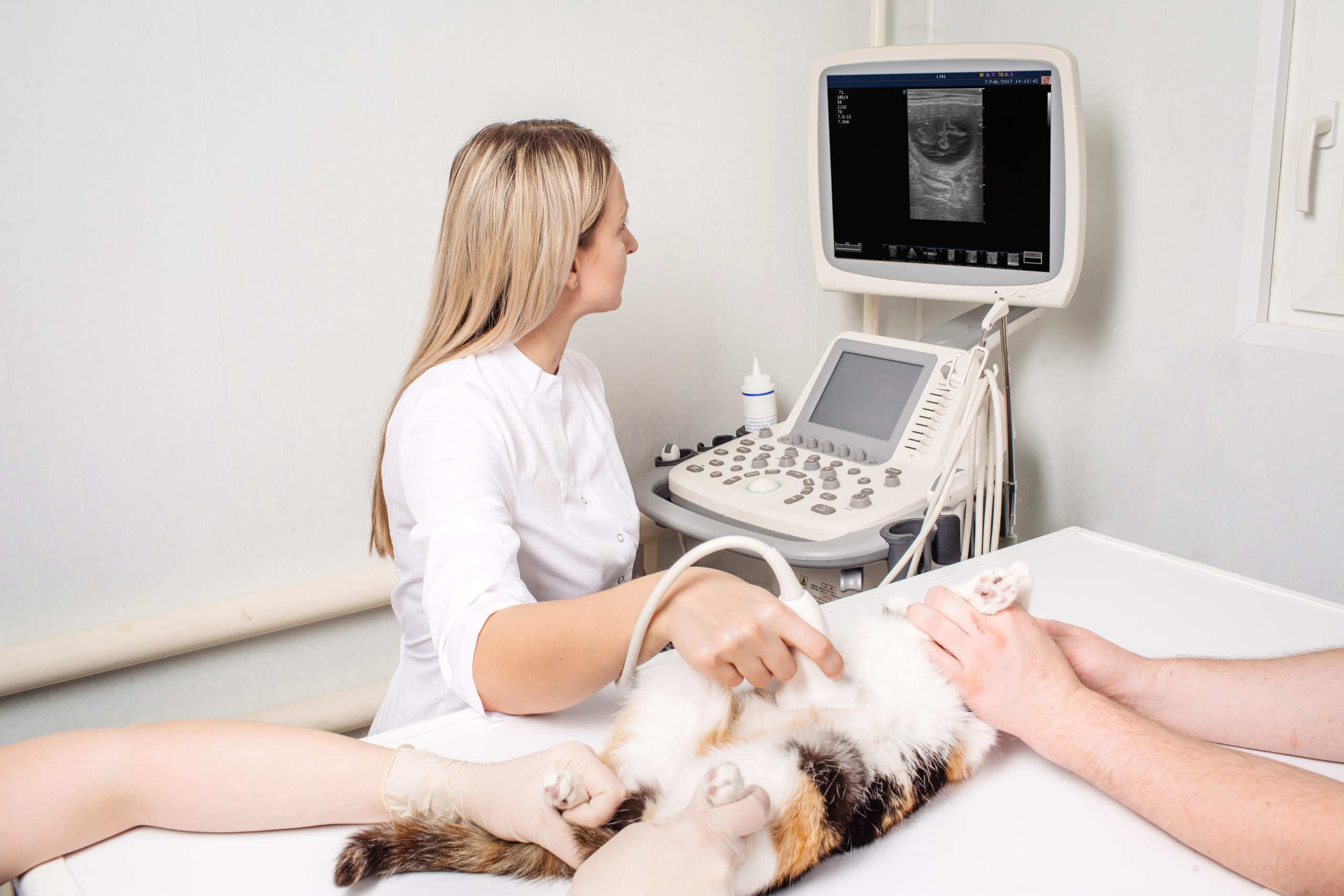No one enjoys feeling crappy, including your precious pet. But, unfortunately, humans aren’t mind readers either. So, when your beloved pet isn’t acting like its usual happy self, you must put on your Sherlock Holmes hat and interpret their behavior to figure out what’s wrong. We'll help you do that today by discussing how to tell if your pet is in pain.
Why do pets hide their pain?
Most of the species Small Pet Select caters to are prey animals. Prey animals don’t show pain as it tells predators they are weaker. For the same reason, your dog’s and cat’s ancestors also learned not to show pain.
Signs of pain in pets
The more time you spend with your pets, the more you learn about their typical behaviors. It works the same in reverse, as pets definitely know when something is wrong with you. Note the different behavior changes to help you realize quickly how to tell if your pet is in pain. While not everything means an emergency room visit, you definitely want to call your trusted vet to discuss if you’re not sure they need to be seen.
Abnormal breathing. This is an emergency if your pet isn’t breathing normally. This includes open-mouth breathing and panting. Yelping or making another vocalization may accompany irregular breathing.
Hiding, antisocial, or sleeping more than usual. Does your pet usually come running up to you every time they see you, but today you had to seek out your pet? Pain could be causing this behavior.
Change in eating and drinking habits. Most pets act like we NEVER feed them EVER, and they’re STARVING. However, if your precious baby usually has a healthy appetite and now they’re picking at their food like you’re the worst chef in the world, they could be in pain. Additionally, not wanting to drink water or showing signs of dehydration is another method of how to tell your pet is in pain.
Change in mobility. Some people might comment, "Of course, this is a sign of pain!" Limping, joint stiffness, not wanting to go for a w-a-l-k, or not enjoying playtime is probably the easiest method of how to tell your pet is in pain.
Posture changes, restlessness, and shaking. If your pet is hunched over or not carrying themselves like they normally do or is trembling/shaking, this may be a sign they are in pain.
Repetitive licking of an area, swelling, or skin that’s warm to the touch. When carefully inspecting your pet, look for any areas that are swollen or feel wet from licking. The swollen area also could be warm or hot to the touch, which could be a sign of infection.
While we wish there were easier ways to figure out how to tell if your pet is in pain, again, spending as much time as possible with your pet and knowing their behaviors will help you figure it out. Also, after receiving vet care, follow all the medication and restrictions to help your pet heal up as good as new.
DISCLAIMER: The links and information are being provided as a convenience and for informational purposes only; they do not constitute an endorsement or an approval by Small Pet Select of any of the products, services or opinions of the corporation or organization or individual.
VETERINARY DISCLAIMER: We are not veterinarians, and none of our information should be construed as veterinary advice. If your pet is acting unwell, you have concerns for their well being, or before adding any new product, please contact your veterinarian immediately.
Want to learn more about pets? Check these out!
Building a pet first aid kit: what items are needed?
How to pick up and hold a gerbil
Guinea Pig Ear Infection: How to spot them, treat, them, and avoid them.








